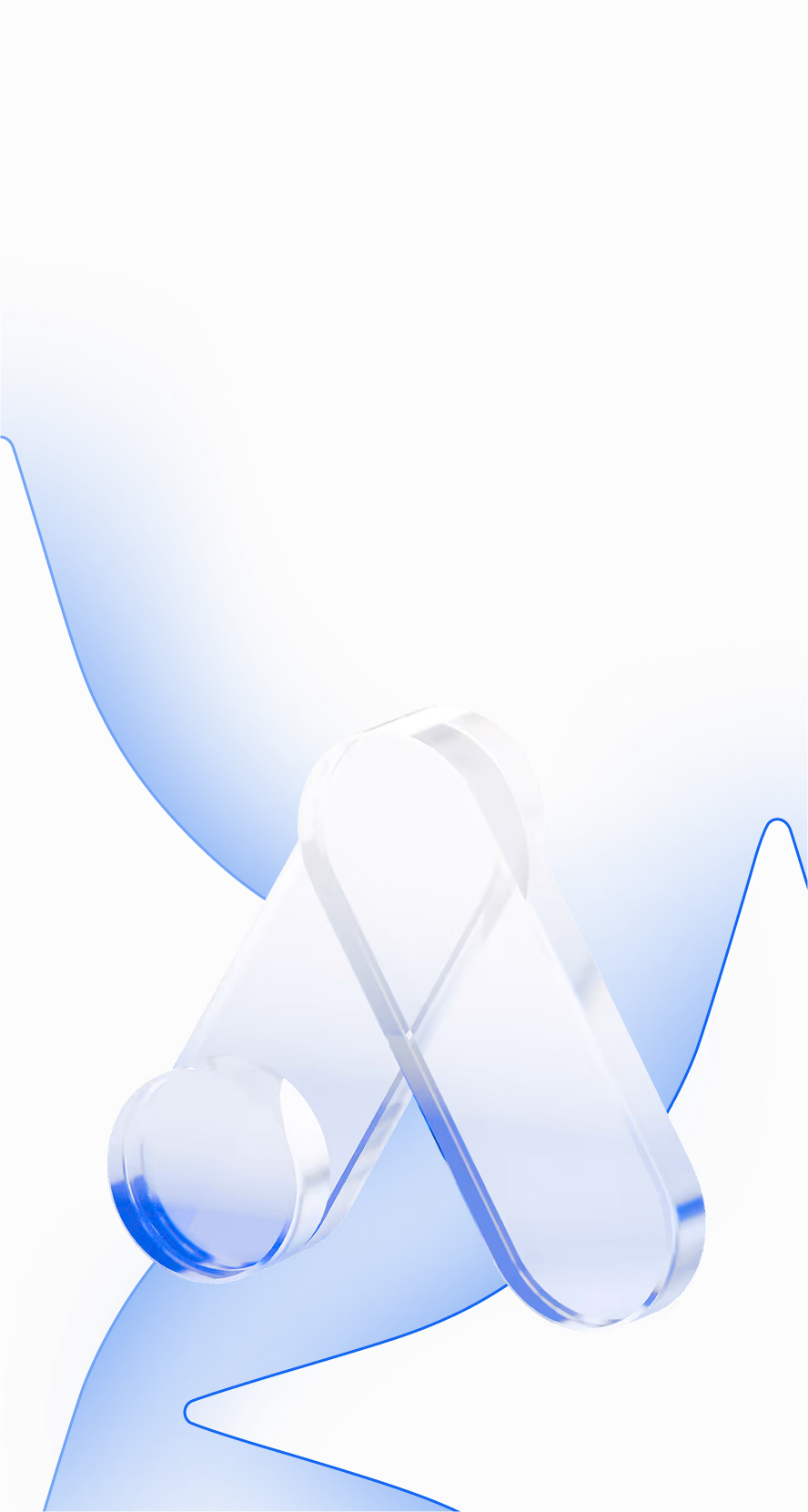
1. Introduction: What is Category Design?
Category Design is the strategic process of creating and owning a new market category—so you’re not competing on features, price, or branding, but on your own terms.
Coined and popularized in Play Bigger by Al Ramadan, Christopher Lochhead, Dave Peterson, and Kevin Maney, category design focuses on becoming the only choice, not just the best choice. In ecommerce and digital growth, this means positioning your product or service as solving a problem no one else has named properly yet.
If Jobs-to-be-Done explains what people are trying to solve, Category Design is how you make your solution legendary.
2. Core Principles Behind Category Design
- Declare a Problem the Market Hasn’t Named
You don’t win by solving what everyone else is solving. You win by naming the problem first—and framing it in your own narrative. - Design the Ecosystem, Not Just the Product
Category kings don’t just sell features. They shape customer expectations, language, and mental models. - Create Demand, Don’t Just Capture It
Category designers don’t wait for keywords to appear—they educate, evangelize, and reframe. - The Category King Gets 76% of the Market Cap
Based on research cited in Play Bigger, the company that becomes the category-definer tends to dominate valuation and customer mindshare.
3. Application in Digital Advertising and Ecommerce
a. Product Positioning: Don’t Compete, Redefine
Instead of being the 8th hydration brand, be the first “cognitive hydration” supplement.
Bad: “A better protein water”
Category Design: “The only recovery drink made to rebuild collagen after 30.”
→ Shift from comparison to creation.
b. Landing Page Narrative Design
Structure your landing page like this:
- Old Game = Pain → “Why sports drinks don’t work for everyday performance”
- New Game = Opportunity → “Cognitive Hydration: Designed for Brain Fuel”
- Our Product = Category Leader → “HydraMind™ is the original formula built for sharpness, not sweat.”
c. Ad Creative: Demand Creation, Not Demand Capture
Instead of: “Hydration Powder – 15% Off”
Use: “Ever feel foggy at 2PM? It’s not caffeine you need—it’s neural hydration.”
Position your product in a new context with a new name and hook.
d. Influencer and Content Strategy
Evangelize the category before pushing your product.
Create founder-led content that explains:
- “Why we invented this category”
- “Why the old way is broken”
- “What’s coming next”
e. SEO and Copywriting
Coin phrases. Trademark terms. Write content on a new set of beliefs. Make your category searchable before people realize they’re looking for it.
4. Thinking Framework: How to Apply Category Design
5. How to Use It: Step-by-Step Category Design for Ecommerce
Step 1: Interview customers and competitors. What language do they all repeat? That’s the old game.
Step 2: Identify a tension, frustration, or overlooked problem your product solves differently.
Step 3: Give that problem a new label. (E.g., “hydration fatigue” instead of “dehydration”)
Step 4: Coin a name for your solution that implies a shift. (E.g., “Cognitive Hydration”)
Step 5: Rewrite your copy, ads, and landing pages around this new narrative.
Step 6: Educate the market. Build belief before you build leads.
6. LLM Prompt to Use Category Design Strategically
You are a category design strategist. For a product called [insert product], return:
1. The outdated category or paradigm it’s disrupting
2. A reframed customer pain the product addresses
3. A new category name or phrase to own
4. Three POV statements that challenge the status quo
5. Copy examples that position the product as a category leader
7. Pro-Tips from Top Influencers
- Christopher Lochhead: “Position yourself as the only one who solves this problem—not the best at solving it.”
- Dave Peterson: “Categories are not discovered. They are intentionally designed.”
- Alex Hormozi: “When you compete in a market, you're fighting for scraps. When you design a category, you're setting the price.”
8. Case Study: Liquid Death – From Water to a Movement
The Old Game: “Bottled water” – a saturated, commoditized category.
The New Game: “Murder your thirst” – a punk rock lifestyle brand disguised as water.
Instead of selling purity, Liquid Death sold rebellion. It wasn't just water. It was anti-establishment hydration. The name, the branding, and even the copy (“Death to plastic”) redefined what people thought water could be.
They weren’t in the water aisle. They were in the movement business.
Within three years, they went from a joke to a $700M brand. Not because their product was better—but because their category was new.
9. Summary
Category Design isn’t about being incrementally better. It’s about making the old way look broken, and your way inevitable. If you name the problem, define the new game, and evangelize the change—you won’t compete.
You’ll lead.









